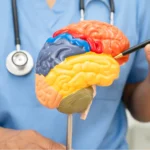Can you imagine living with such severe facial pain that everyday activities such as talking, chewing or brushing your teeth become unbearable?
This is what people suffering from trigeminal neuralgia face. trigeminal neuralgiaA condition that can severely limit the quality of life. This article will explain when to treat it surgically and why acting early can be the key to regaining a pain-free life.
The trigeminal neuralgia is a disorder that affects the trigeminal nerveThe nerve that carries sensation to the face. When the properties of this nerve are affected (either by a neurological disease, a viral infection or, more commonly, due to a compression of the nerve itself at the base of the skull), the patient experiences episodes of intense and acute facial pain, which may appear suddenly and profoundly affect his daily life.
The characteristic pain of trigeminal trigeminal neuralgia is a stabbing pain in the face (usually affecting only one side of the face), which is often described as an “electric shock” and can last from a few seconds to minutes. This pain can be triggered by such common activities as:
- Brushing teeth or shaving
- Talking, chewing or even smiling
- Gently touching the face
- Temperature changes or exposure to wind
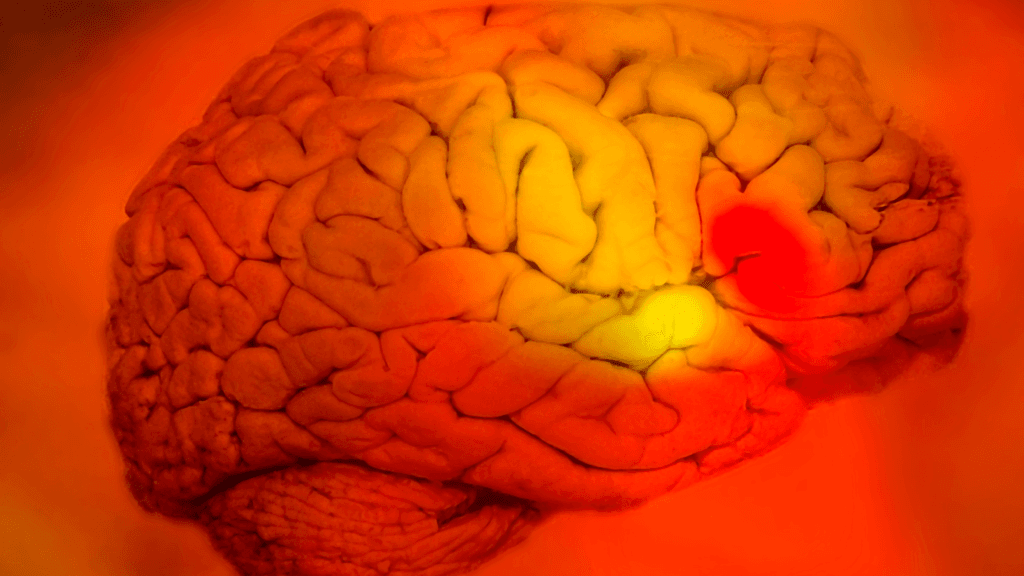
The initial treatment of trigeminal neuralgia is pharmacological. pharmacologicalThe patient may be treated with analgesic, antineuralgic or anticonvulsant drugs. However, if the pain persists for weeks and these treatments do not achieve the desired relief, it is time to consider surgery.
Surgery is recommended when:
- No response to conservative treatment: when after several weeks pain continues despite conventional treatments, surgery becomes an option to provide lasting relief.
- Side effects of medications limit their use: sometimes drugs to treat pain cause side effects that can be difficult to tolerate in the long term.
- Pain affects quality of life: when neuralgia limits daily activities such as working, socializing or enjoying daily life, surgery may be the best solution to regain normalcy.
Surgical techniques for Trigeminal Neuralgia
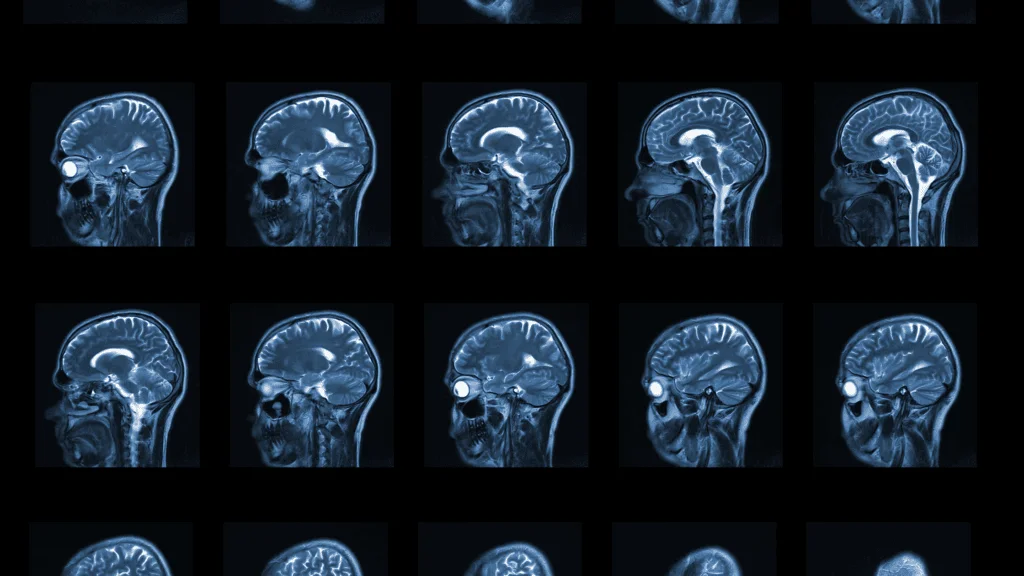
Thanks to technological advances, patients with trigeminal neuralgia with trigeminal neuralgia now have safe and effective options to relieve their pain through techniques that allow, in most cases, a long-lasting symptomatology control and a quick recovery. Among the most common alternatives are:
Percutaneous thermocoagulation
The percutaneous rhizotomy is a minimally invasive technique widely used to treat trigeminal neuralgia. trigeminal neuralgia. This procedure consists of inserting a fine needle under X-ray guidance to the base of the skull and applying a heat or radiofrequency treatment directly to the nerve to block pain signals.
- Advantages of percutaneous rhizotomy: is a fast procedure, it is performed on an outpatient basis, and the complication rate is minimal. The patient may notice significant pain relief, almost immediately, in a high percentage of cases, although sometimes the patient experiences less improvement than expected.
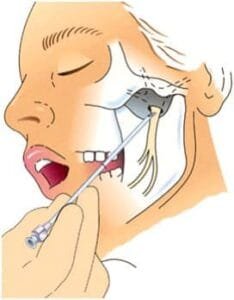
2. Compression with balloon
In this procedure, a catheter with a small balloon is temporarily inflated at the base of the trigeminal nerve, generating controlled pressure to reduce pain without damaging the nerve.
- Advantages of balloon compression: as in thermocoagulation, this technique is fast and allows the patient to resume activity in a short time, with a significant improvement in pain in a high percentage of patients.
3. Stereotactic radiosurgery (Gamma Knife)
The Gamma Knife radiosurgery is a non-invasive option that uses highly precise radiation beams to damage the trigeminal nerve fibers responsible for pain.
The advantages of the Gamma Knife is that it does not require incisions, general anesthesia or hospitalization time, which allows the patient to resume daily life almost immediately. On the other hand, the effect of the antineuralgic action may be somewhat delayed compared to other procedures.
4.Vascular microdecompression
The vascular microdecompression is the surgical technique of choice when we have detected a structural alteration in the nerve after performing a specific MRI study, especially with current high-resolution MRI equipment.
The most frequent alteration seen on imaging tests is a neuro-vascular contact between the nerve and an artery. artery of the skull base (most commonly the superior cerebellar artery). The intimate contact between the nerve and the beating of the artery generates a chronic alteration in the properties of the nerve. Surgery consists of separating both structures (nerve and artery) and interposing an isolating membrane between them.
- Advantages of vascular microdecompression: is the one that offers the best long-term results and, in many cases, completely eliminates pain. Although it is a surgery that requires general anesthesia, the benefits of this technique make it worthwhile in the most severe cases.
- DisadvantagesRequires hospitalization and may be contraindicated if there are significant co-existing diseases in the patient.
Benefits of surgery for Trigeminal Neuralgia
Opting for a surgical option for trigeminal neuralgia trigeminal neuralgia has multiple advantages. These techniques offer rapid recovery and significant pain relief, allowing the patient to enjoy a better quality of life. Some of the benefits include:
- Suppress antineuralgic medication: the patient perceives an improvement in his quality of life, not only by the improvement or disappearance of pain, but also by eliminating the side effects of the medication, which can be suspended if the result is satisfactory.
- Rapid recoveryMost patients are able to resume their activities in a relatively short period of time.
- Long-lasting pain reliefCurrent techniques make it possible to improve or eliminate the stabbing pain that characterizes trigeminal neuralgia.
- Outpatient procedures: in the case of percutaneous techniques, the patient can go home the same day, without the need for hospitalization.
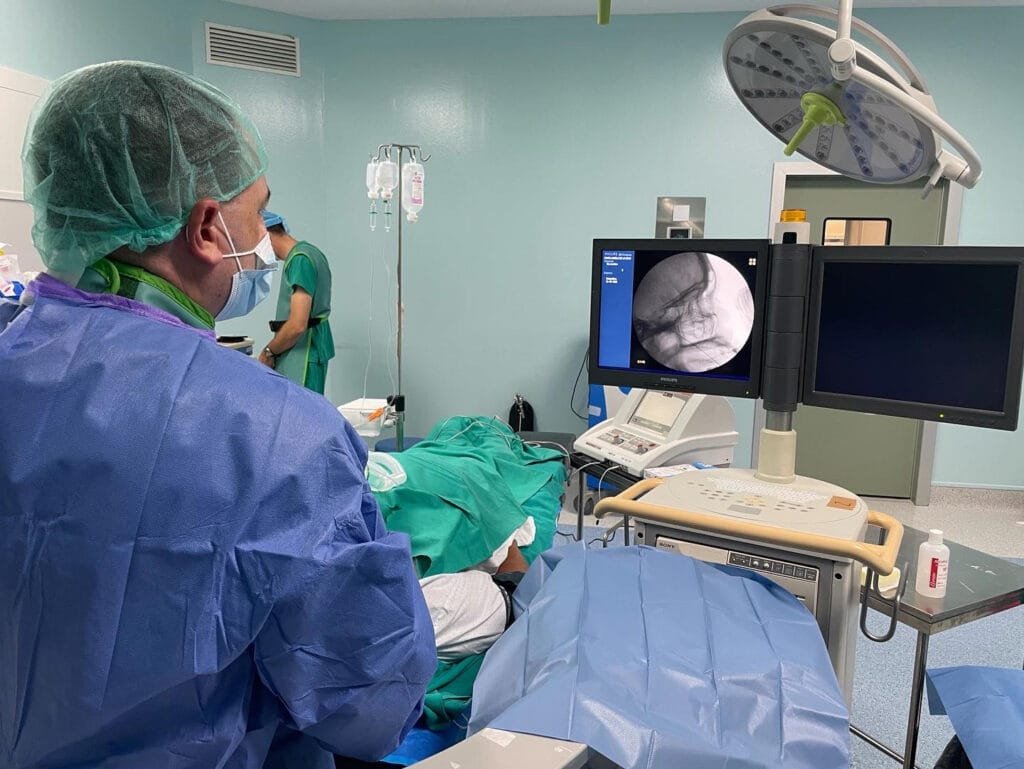
Why is early action important in the treatment of trigeminal neuralgia?
Early action is key for sufferers of trigeminal neuralgia. trigeminal neuralgia. Waiting too long can cause pain to become chronic and increasingly difficult to treat. In my practice, I have seen how acting early significantly improves the prognosis, relieving the pain and allowing the patient to resume their normal life without the constant worry of episodes of facial pain.
Don’t let pain limit your quality of life. If conventional treatments aren’t getting the relief you need, it’s time to consider surgical options with a neurosurgeon who specializes in surgery for trigeminal neuralgia.
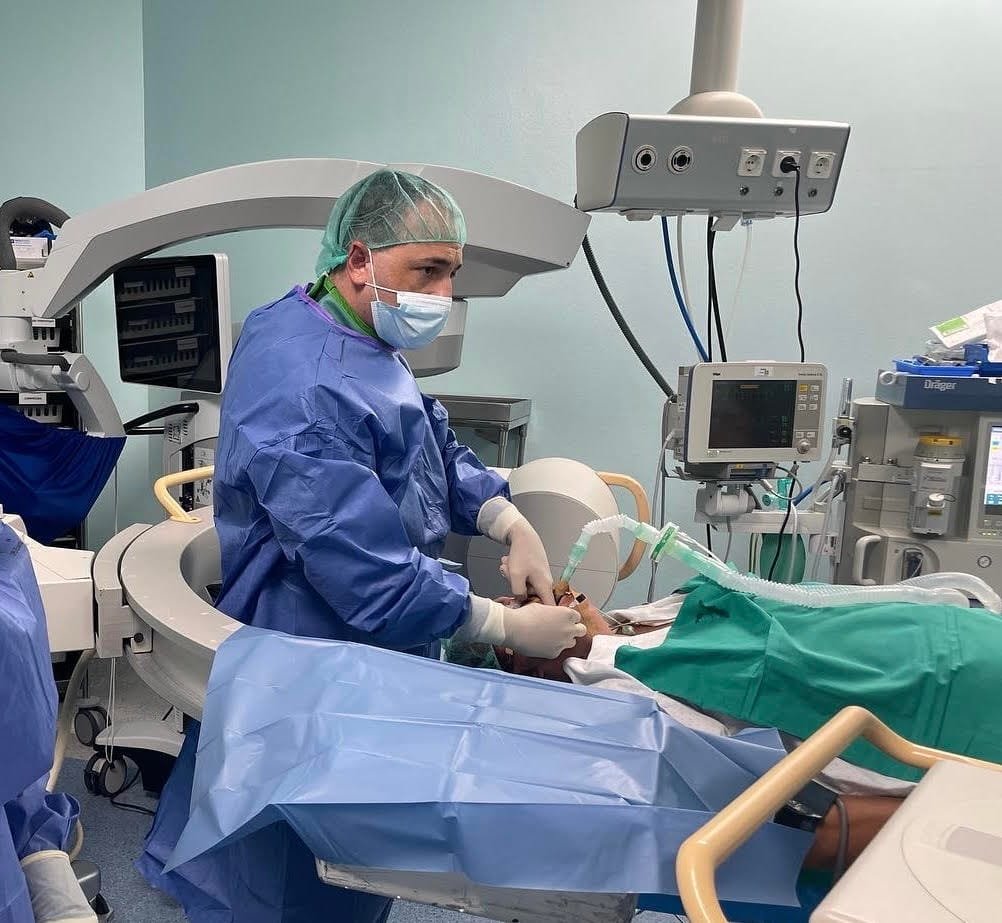
In summary, surgery for surgery for trigeminal neuralgia can be life-changing for those who suffer from this painful condition. While initial treatments are usually conservative, in cases where pain persists, surgical techniques offer a safe, effective alternative with long-lasting results.
Do you need an evaluation for trigeminal surgery? In my offices in Malaga, Cadiz, Seville and Huelva we will evaluate your case and guide you to the most appropriate treatment.
Dr. Andrés Muñoz Núñez
Specialized neurosurgeon. Málaga, Cádiz, Sevilla, Huelva
Phone: 951 749 631 / 609 688 469
Mail: neurocirugia@andresmunoz.es
www.drandresmunoz.com



